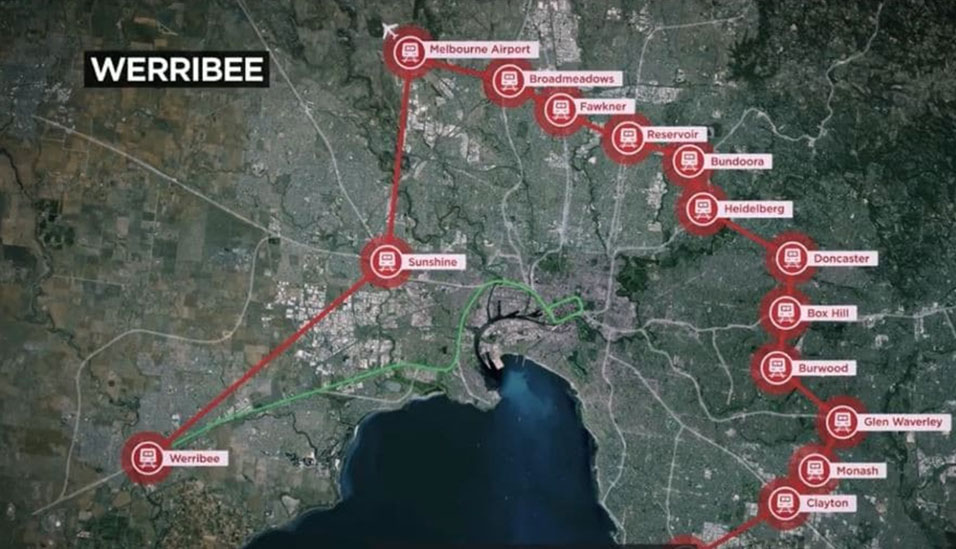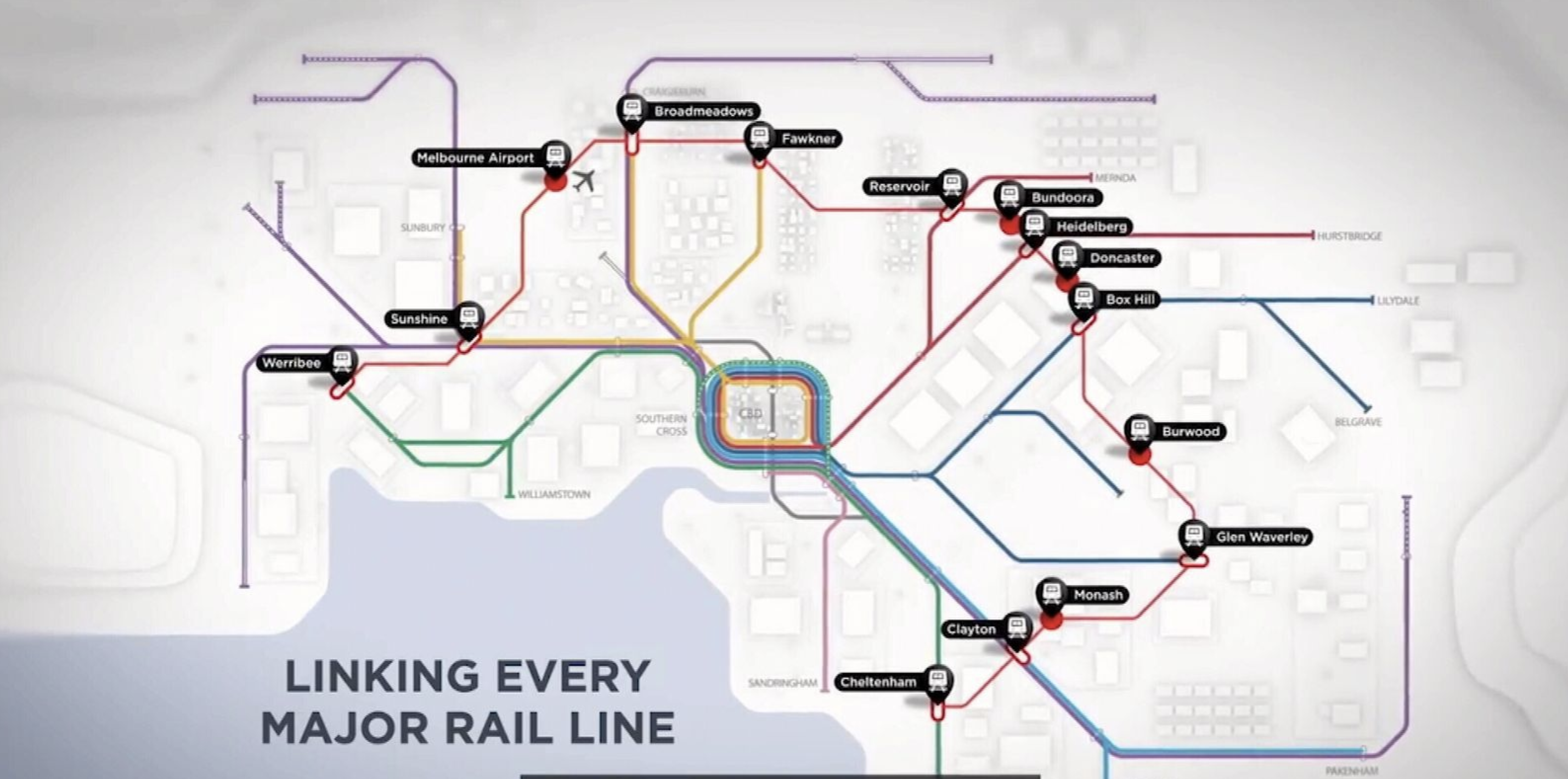Victoria Unveils $50 Billion Suburban Rail Project
The Victorian government has released plans for a $50 billion underground rail network, marketing it as the largest public transport project in Australian history.
The "Suburban Rail Loop" will connect every major train line from the Frankston line through to the Werribee line via Melbourne Airport, with up to 12 new underground stations.
The new multi-billion project's aim is to make it easier for commuters to get to the airport, navigate around Melbourne and in between suburbs without having to travel into the city.
Premier Daniel Andrews, who announced the major project on his social media, said the completed project is expected to take thousands of people off existing city-bound trains and remove 200,000 vehicles off roads.
"It’s not good enough to ‘extend’ the congestion, we need a plan that doesn't just force more cars and commuters into the city," Andrews said.
Planning and feasibility work has been undertaken by Development Victoria, PricewaterhouseCoopers, and the Office of Coordinator General over the past 12 months.
Related: Super Fund Snaps Up Victorian Land Registry for $2.9bn

The Stations
The south-east section will run underground between Cheltenham and Box Hill. New rail tunnels will link the Frankston, Cranbourne-Pakenham, Glen Waverley and Belgrave-Lilydale lines.
The south-east section could include six new underground stations with four underground interchanges on the existing lines, and two potential new stations at the Monash Clayton and Deakin Burwood precincts.
The north-east section will connect the Belgrave Lilydale line to the Hurstbridge, Mernda, Upfield and Craigieburn lines towards Melbourne Airport.
There will be potential new underground stations in Doncaster and La Trobe.
While the western section will connect the Werribee line via the new Sunshine super-hub.
Related: Melbourne Plan to Remove Cars from the City
“We'll build an underground suburban rail loop connecting Melbourne's train lines. It will get you where you need to go, wherever you live – and that's what our growing state needs,” Andrews said on his social media.
Labor plans to invest $300 million in a full business case, design, and pre-construction works, if it wins the November 24 state election.
The project will be built over multiple decades with the first sections anticipated to take around 10 years to construct.
Plans to begin construction, projected to create more than 20,000 jobs, is expected to commence by 2022.
Related: Melbourne Metro Tunnel Designs Unveiled
















